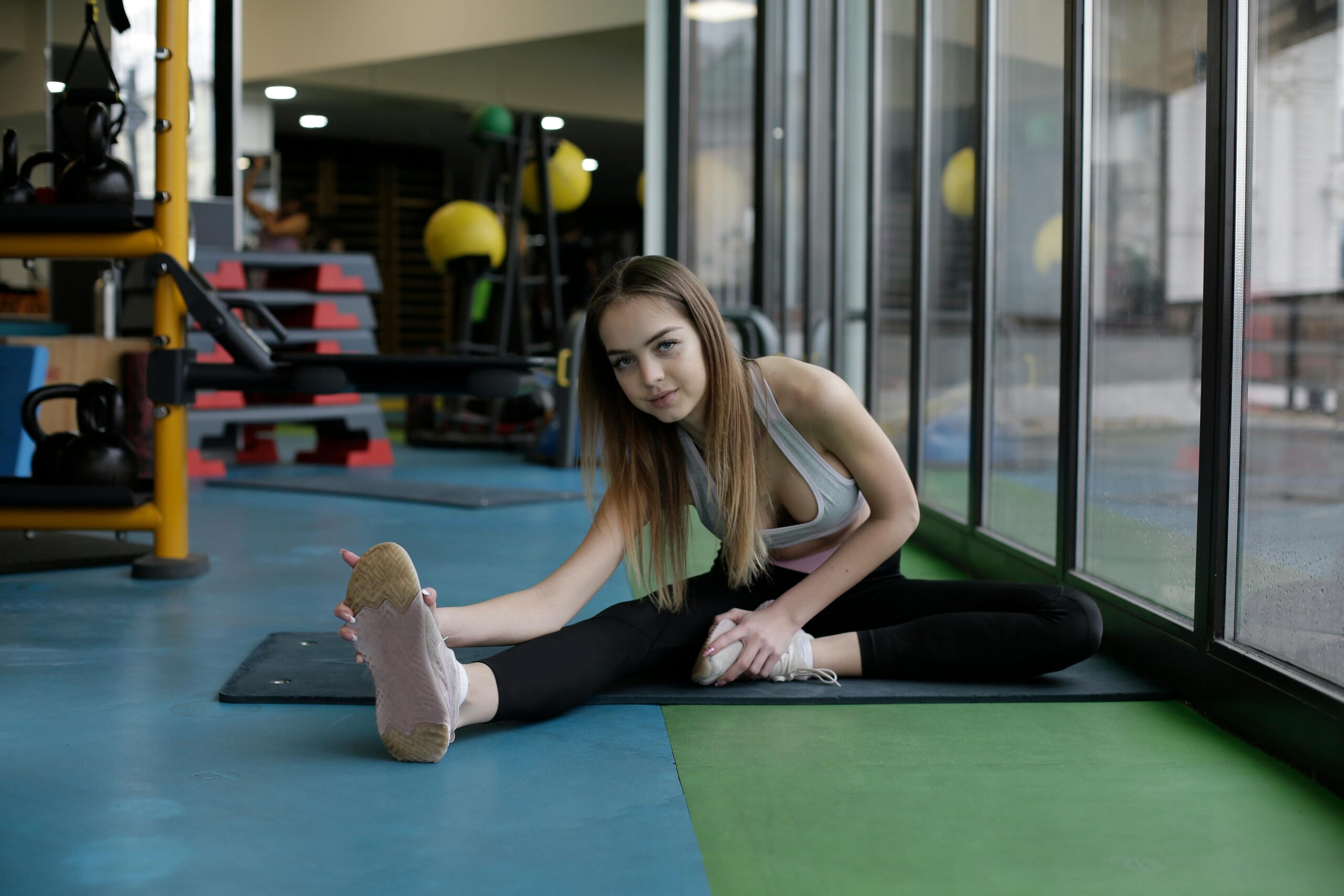Introduction
Athletic training goes beyond the realm of competitive sports—it serves as a powerful approach to general fitness, enhancing overall health, strength, and endurance. Unlike traditional exercise routines that may focus narrowly on isolated muscle groups or repetitive cardio, athletic training combines functional movements, strength conditioning, agility drills, and cardiovascular exercises to develop a well-rounded physical capacity. This holistic method not only improves physical appearance but also boosts daily performance, injury prevention, and mental resilience. In this article, we will explore the core components of athletic training tailored for general fitness, how it differs from conventional workouts, and the tangible benefits it offers for anyone looking to elevate their lifestyle and physical well-being.
Functional Movement Patterns
Athletic training prioritizes exercises that replicate natural body movements used in daily activities and sports. These functional movements include squats, lunges, pushes, pulls, and rotational exercises that engage multiple muscle groups simultaneously. Training with such dynamic, multi-joint movements improves coordination, balance, and joint stability. By focusing on functional patterns, you not only build strength but also promote mobility and flexibility, which are crucial for injury prevention and sustaining an active lifestyle. Incorporating these patterns into fitness routines helps the body adapt to varied physical demands, making daily tasks easier and enhancing overall quality of life.
Strength and Power Development
Central to athletic training is the development of muscular strength and power. Strength training involves controlled resistance exercises that promote muscle growth and improve the nervous system’s ability to recruit muscle fibers efficiently. Adding power-focused movements such as plyometrics or Olympic lifts further refines explosive strength, vital for quick, impactful actions like jumping or sprinting. For general fitness, blending strength and power elements ensures a body that’s not only strong but also responsive and agile. This combination enhances metabolic rate, promotes lean muscle mass, and supports bone density, which are essential elements for long-term health and vitality.
Conditioning and Cardiovascular Fitness
Traditional cardio often emphasizes steady-state activities, but athletic training incorporates a broader spectrum of conditioning methods, including high-intensity interval training (HIIT), sprints, and circuit training. These approaches improve cardiovascular endurance, increase VO2 max, and boost calorie burning efficiency. By cycling between intense bouts and periodized recovery, athletic conditioning enhances the body’s ability to sustain prolonged efforts and recover quickly. Cardiovascular fitness gained through this multifaceted strategy supports heart health, reduces chronic disease risk, and enhances energy levels throughout the day.
Agility, Speed, and Coordination
Beyond strength and cardio, athletic training hones neuromuscular skills—specifically agility, speed, and coordination. Drills like ladder exercises, cone drills, and reactive movement patterns challenge the nervous system to improve timing, reflexes, and body control. These skills translate into better posture, quicker reflexes, and more efficient movement mechanics. For general fitness, this means improved athleticism in everyday activities, reduced risk of falls or mishaps, and a more confident, balanced physical presence. Fostering these qualities encourages ongoing movement exploration, which can keep fitness engaging and motivating.
Recovery and Injury Prevention
Integral to athletic training is an emphasis on recovery strategies that complement intense physical efforts. Incorporating mobility work, flexibility stretching, foam rolling, and adequate rest ensures muscles and joints repair and strengthen appropriately. Proper recovery mitigates the risk of chronic injury and overtraining, which can derail fitness progress. Additionally, athletic training educates on body awareness, helping individuals recognize signs of strain or imbalance before they escalate. By prioritizing recovery and injury prevention, trainers enable sustainable fitness gains, encouraging a lifelong commitment to physical health.
Conclusion
Athletic training tailored for general fitness offers a comprehensive and dynamic approach to improving physical health and performance. By emphasizing functional movement patterns, strength and power development, advanced conditioning, agility, and proper recovery, this method cultivates a balanced, resilient body capable of meeting daily challenges with ease. Not only does it enhance appearance and athleticism, but it also boosts mental focus and reduces injury risk—key factors for long-term well-being. Embracing athletic training as part of a fitness routine opens the door to sustained vitality, improved quality of life, and a deeper connection between body and mind.
